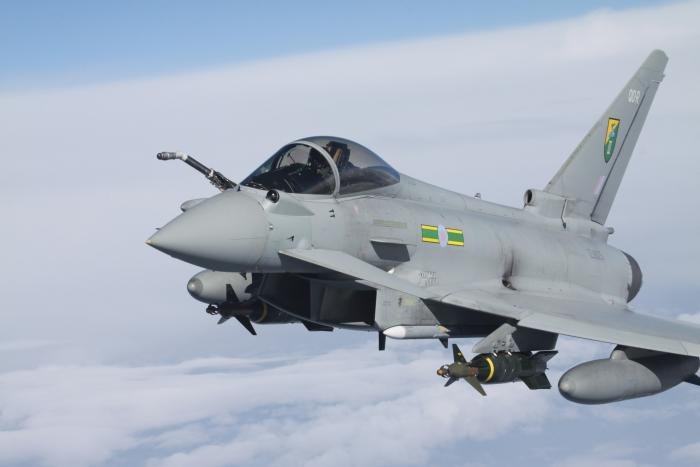- Jan 6, 2018
- 12,495
 OPERATION MEDIO
OPERATION MEDIOSecurity Classification: TOP SECRETSITUATION REPORT
| An increase of tension around the Middle East and the recent new policy announcement from the Egyptian Government denotes Cyprus part of the Interdiction Zone, the Ministry of Defence have raised security concerns as a result and approved Operation Medio which will see the forward deployment of military assets to support security efforts in the region. |
BELLIGERENTS
BLUFOR
OPFOR Not Applicable. |
ORDER OF BATTLE
| [4] Eurofighter Typhoons. No. 1 Squadron, B Flight [1] Boeing E-3D Sentry. No. 17 Squadron, C Flight, KNIGHT011 [3] Hawker Siddeley Nimrod MR2. No. 102 Squadron, B Flight [2] Lockheed Martin Tri Star. No. 51 Squadron, B Flight [100] No. 1 Squadron RAF Regiment, 1 Flight [1] Boeing E-3D Sentry. No. 17 Squadron, C Flight, KNIGHT010 [2] Hawker Siddeley Nimrod MR2. No. 102 Squadron, C Flight [2] Lockheed Martin Tri Star. No. 2 Squadron, A Flight |
CAMPAIGN REGISTER
| Operation | Objective | Status |
| Operation Medio APRIL 2003 - | Active military presence in the Mediterranean amid tensions across the Middle East. | In Progress |
Last edited:







